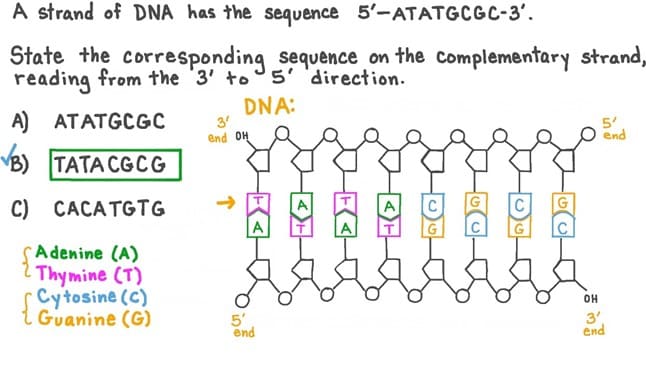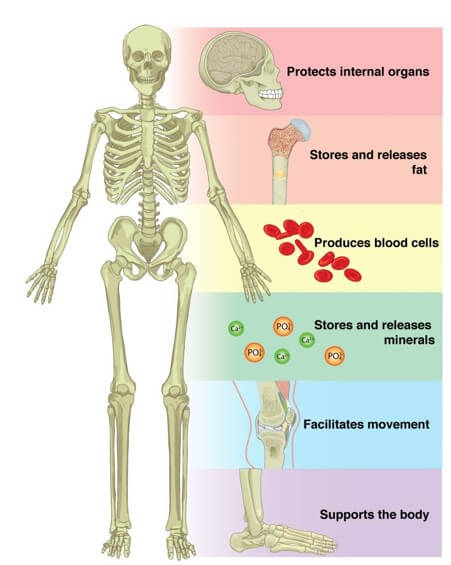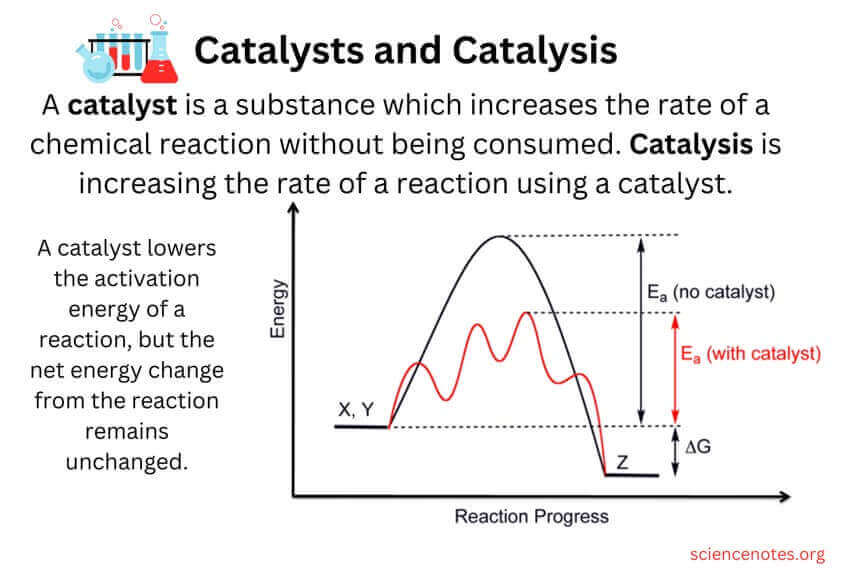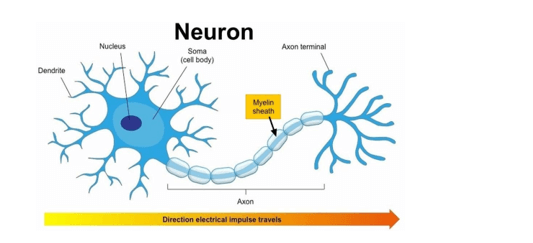If a portion of a strand of DNA bases reads 3’TCGATCGCA 5’, what would the sequence of bases on the complementary strand read?
A. 5’AGCTAGCGT 3’
B. 3’ TCGUTCGCU 5’
C. 3’ AGCTAGCGT 5’
D. 5’ GGUTACTAC 3’
The sequence of bases on the complementary strand of DNA would read 5’AGCTAGCGT 3’ (Choice A). In DNA, the nitrogenous bases adenine (A) and thymine (T) pair together, and cytosine (C) and guanine (G) pair together. The complementary strand is also antiparallel to the original strand, meaning that it runs in the opposite direction with the 5' end matching up with the 3' end of the original strand.
The other options do not accurately represent the complementary sequence of bases or the antiparallel orientation of the strands.
BONUS:

Therefore, the Correct Answer is A.





